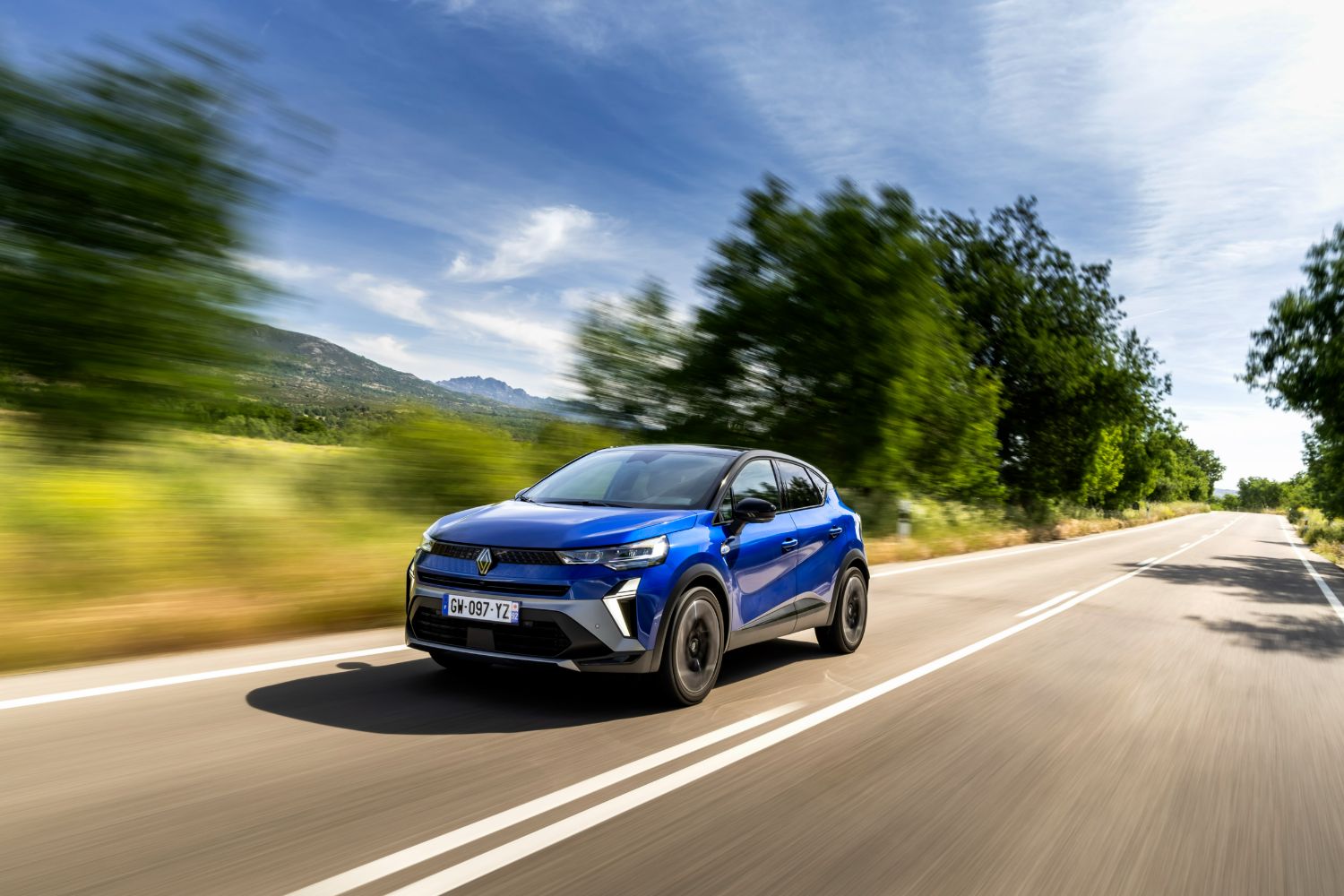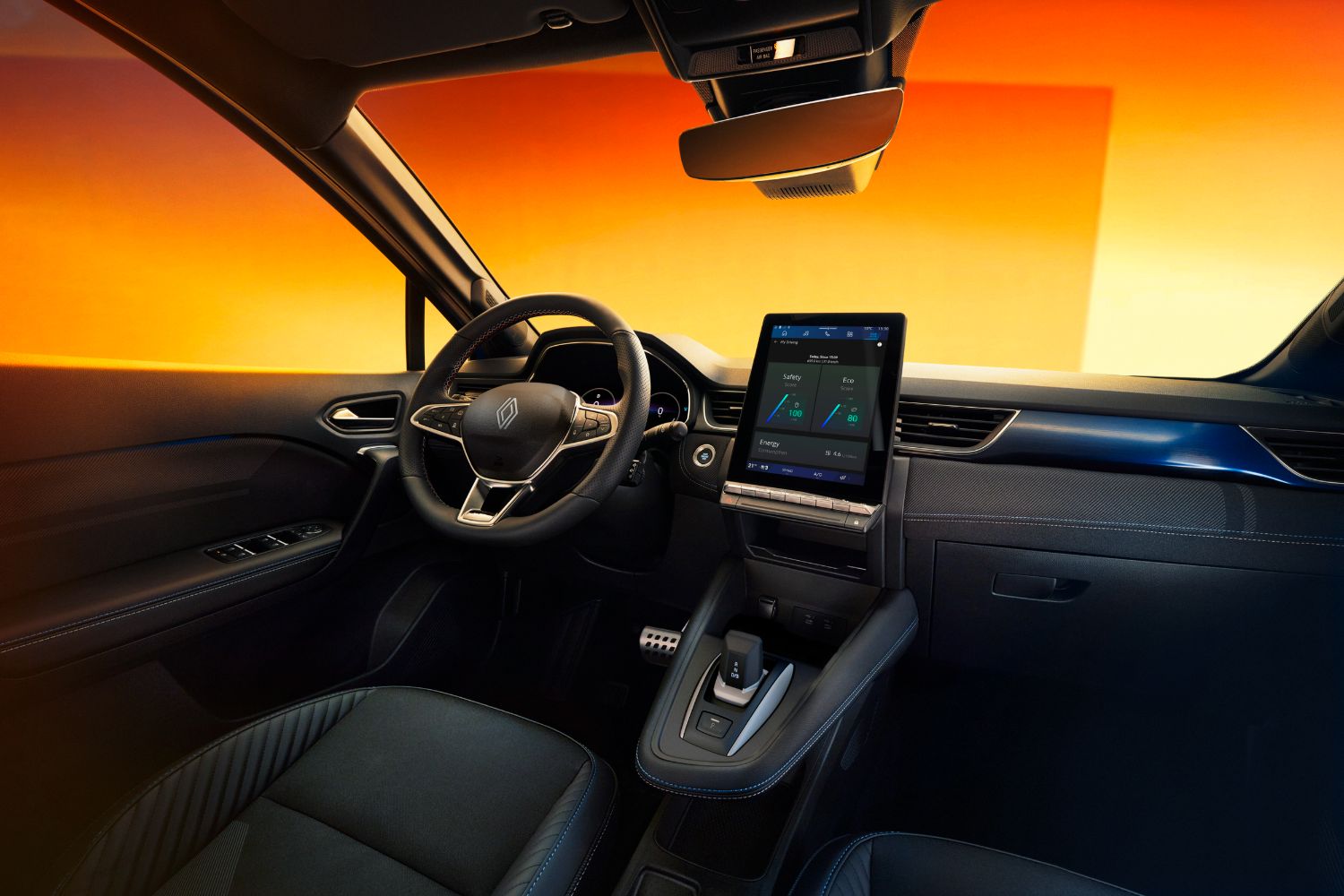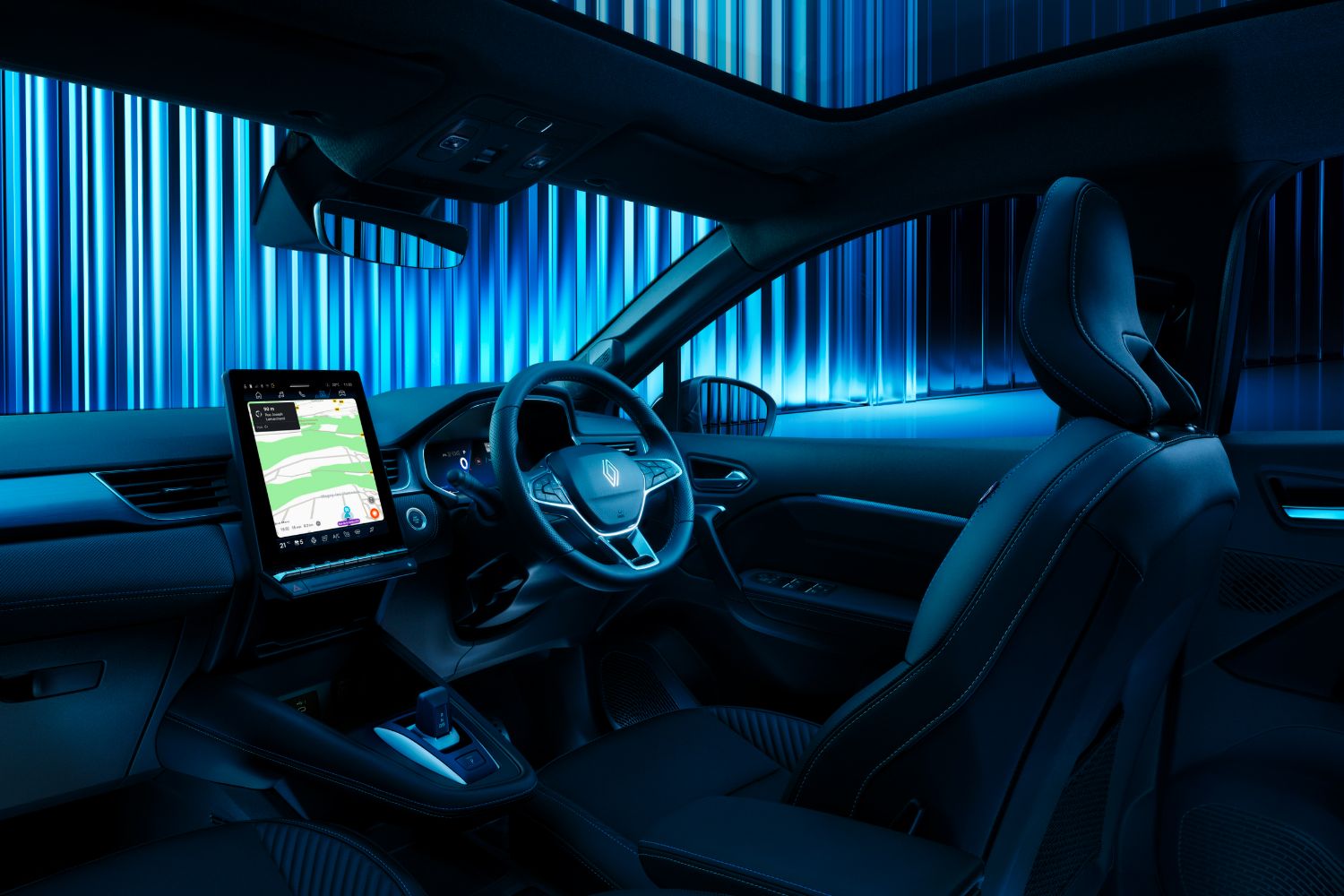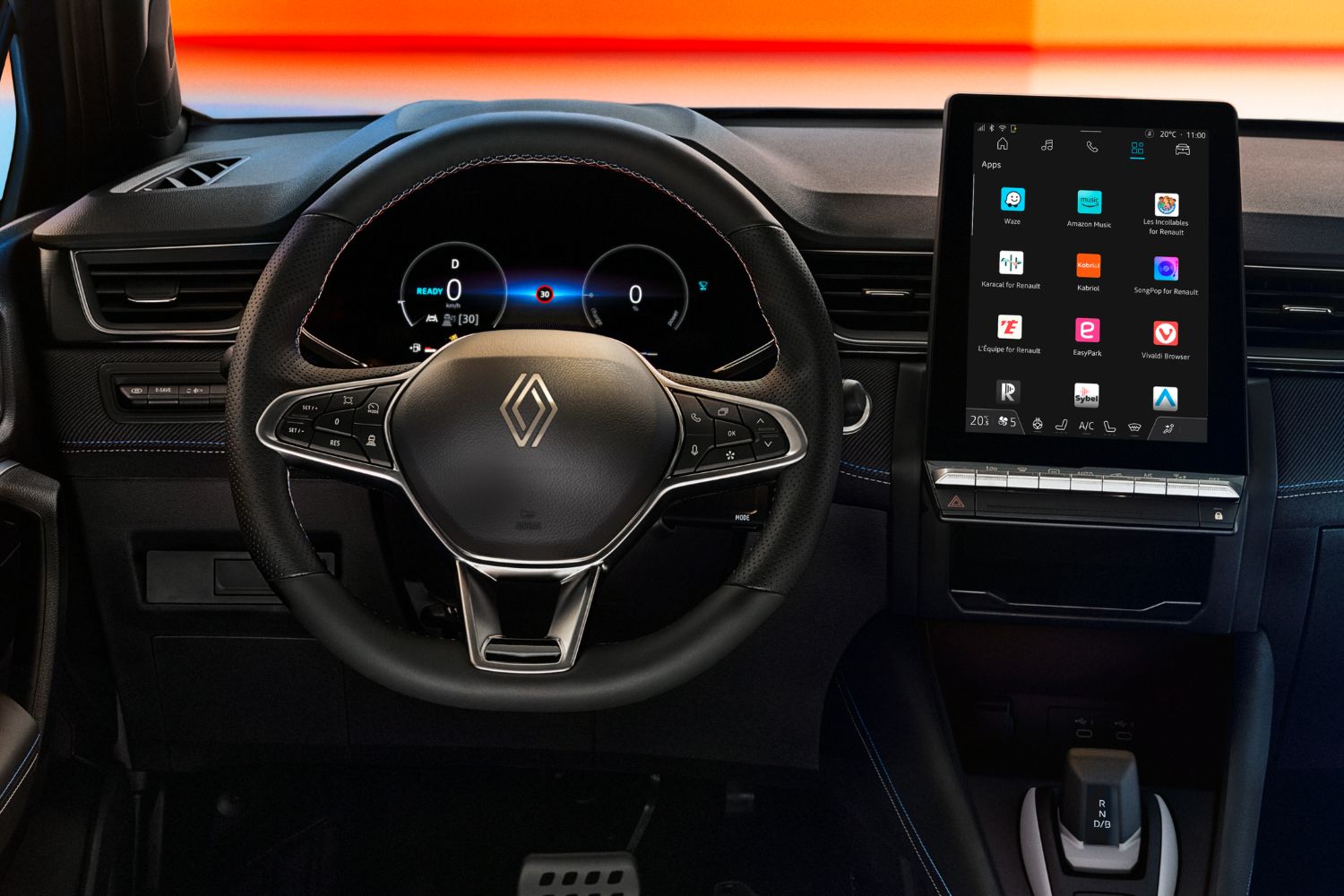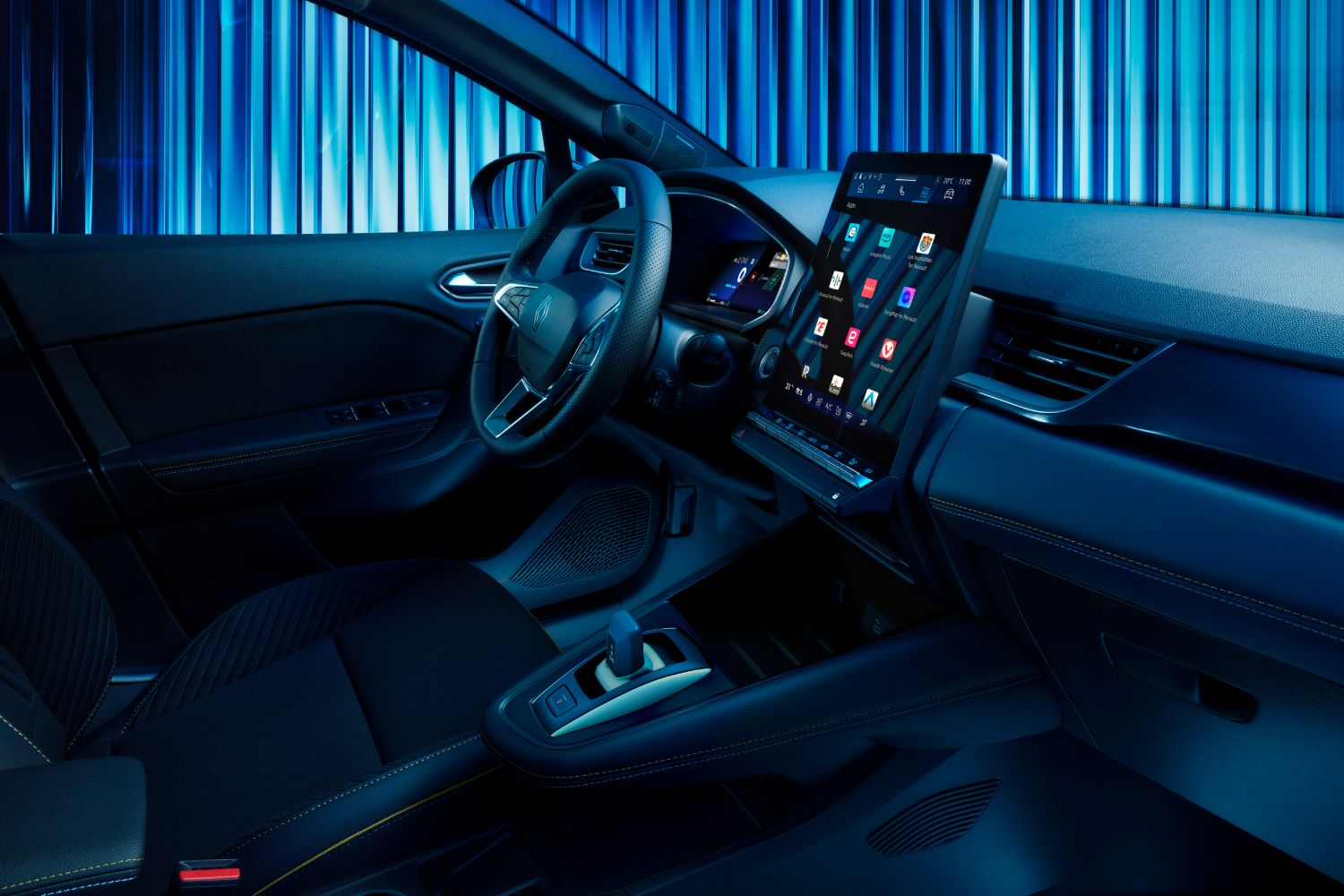Renault has announced a new 1.8-litre hybrid petrol engine, which will make its Renault-badged debut in the Symbioz and Captur in the coming months.
You say 'Renault-badged debut…'
![]()
Yes, this 1.8-litre hybrid has, essentially, already been seen in the new (and impressive) Dacia Bigster Hybrid, where it produces a total of 155hp for the combined petrol and electric powertrain. Here in the Symbioz and Captur, the system gets a small upgrade to a nice, round 160hp.
Why is Renault introducing a new hybrid?
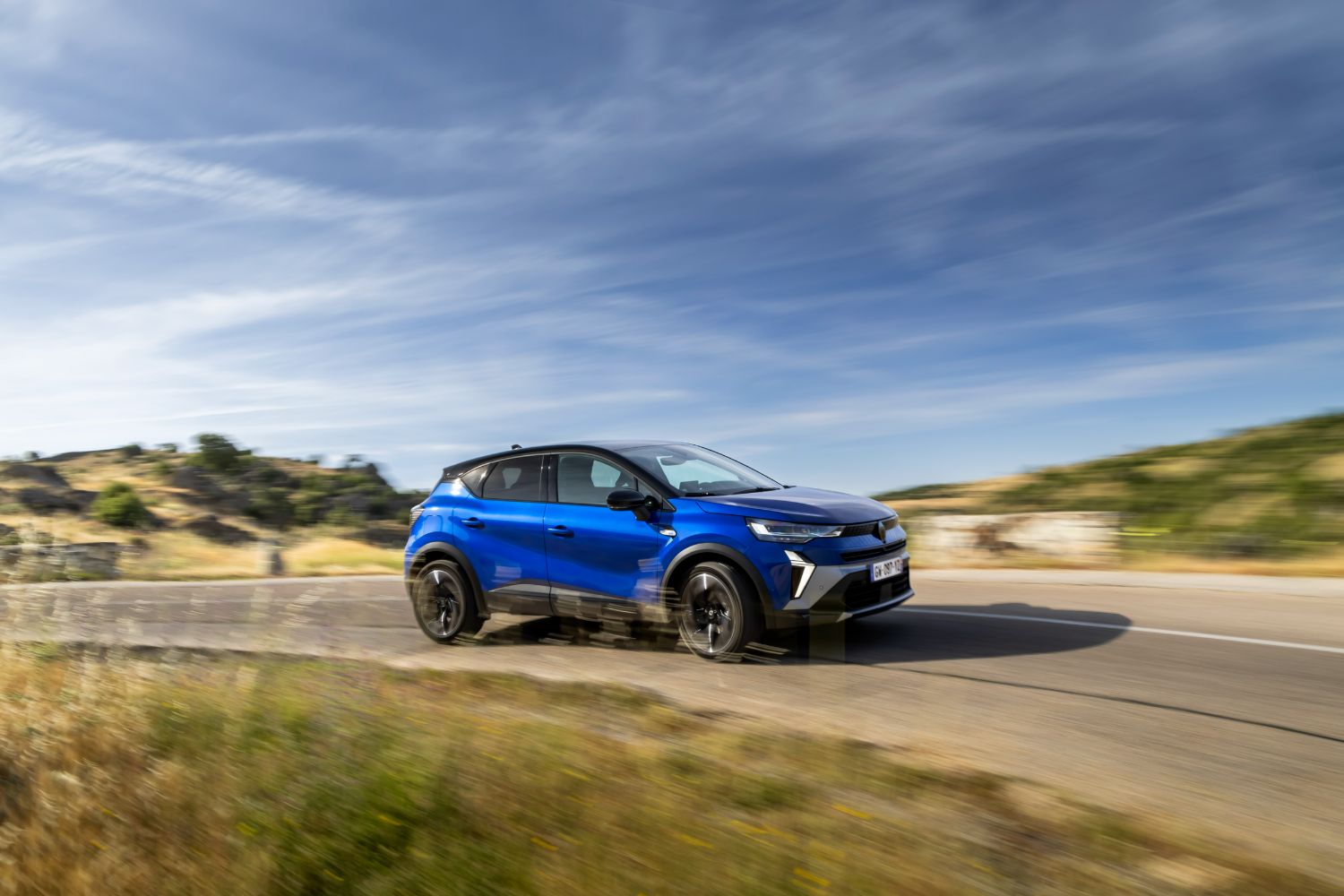
Simply because there's huge demand for hybrids at the moment, as many buyers are still wavering on the switch to fully-electric power. Renault says that it has sold 750,000 hybrid-engined cars since it first launched its 1.6-litre E-Tech hybrid engine in 2021, and its hybrid models have increased their market share in Europe by 7.8 per cent since the beginning of this year. It's a good idea to keep such customers and potential customers happy…
So what's new about this engine?
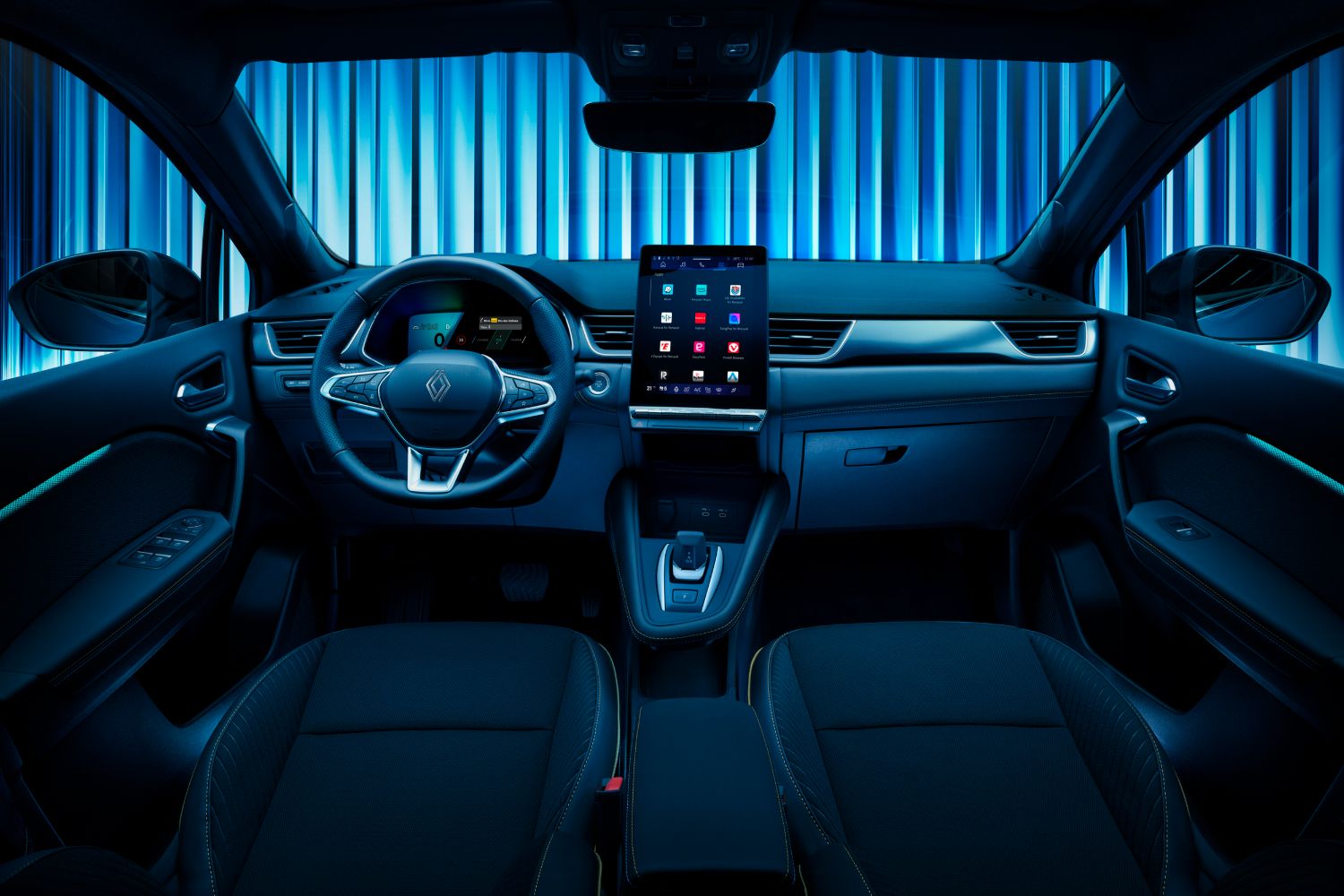
Well, aside from the increase in cubic capacity compared to the 1.6-litre E-Tech hybrid, there's also a slightly bigger battery with a 1.4kWh capacity, which feeds a pair of electric motors - there's a main 36kW motor that drives the wheels, and a secondary 15kW HSG, or High-Voltage Starter Generator.
Both of those motors, and the 1.8-litre four-cylinder petrol engine, drive the front wheels of both the Symbioz and the Captur through what Renault calls a multi-mode clutchless dog box - technically this has four gears, but because of the interaction of those gears with the two electric motors, it's effectively infinitely geared, so you can just call it an automatic.
What about the petrol bit?
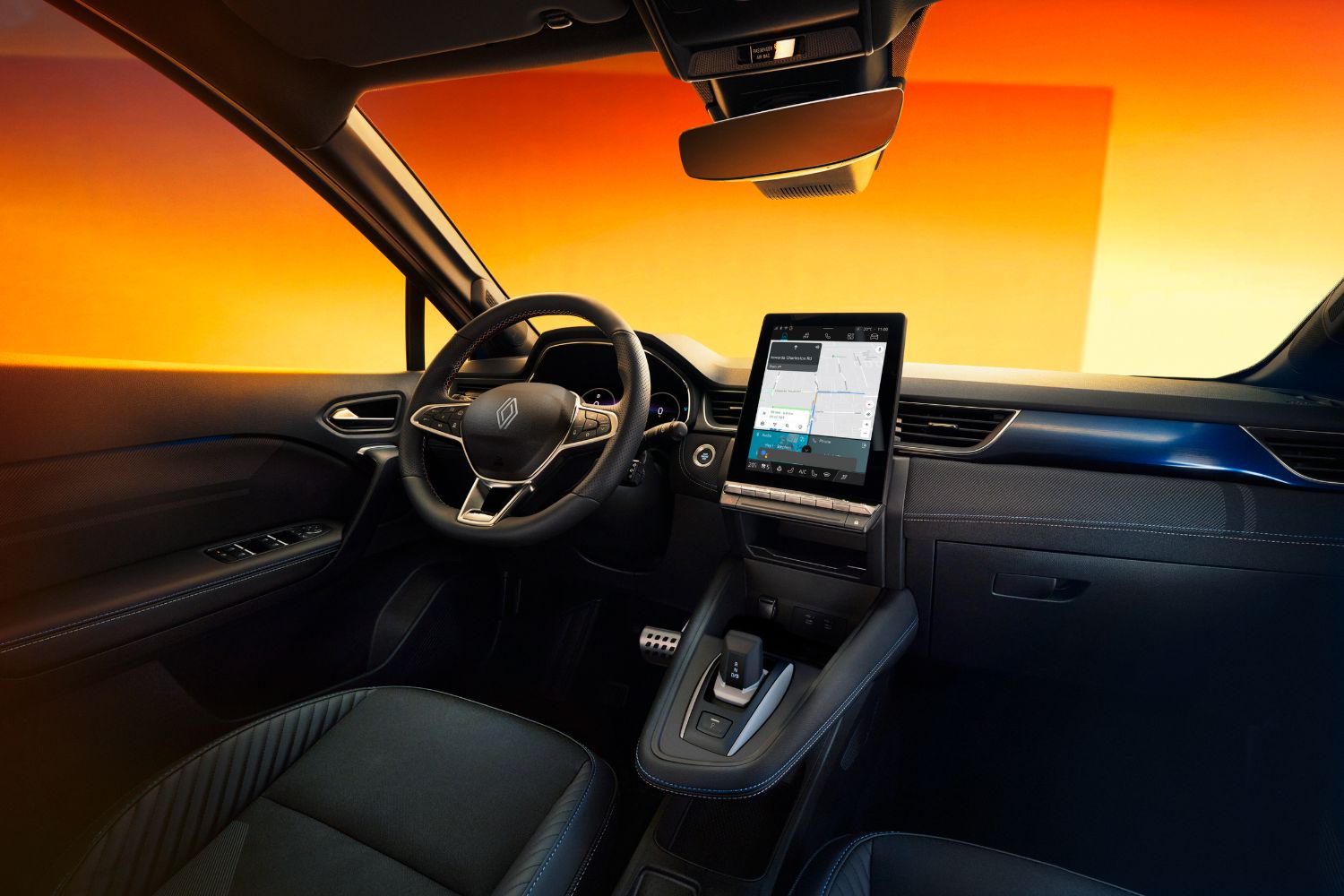
The 1.8-litre engine itself is no slouch, boasting a high-pressure 350-bar fuel injection system. There's also more torque than you got in the old 1.6-litre engine, now up to 172Nm - that's an extra 22Nm, and of course that's further augmented by the torque from the electric motors, which add up to 205Nm to the mix, from as little as 1,670rpm.
Performance is improved for both the Symbioz and the Captur, with their 0-100km/h times falling to 9.1 seconds and 8.9 seconds, respectively. Both were over the ten-second mark with the old engine.
0-100km/h might not be the most important figure…
![]()
Indeed not. Efficiency is the name of the game here, and Renault says that both cars see a 40 per cent improvement in overall efficiency, with fuel consumption falling to an average of 4.3-litres per 100km (down from 4.7-litres per 100km) and emissions pegged at 98g/km for the Symbioz, and 99g/km for the Captur. There's also an increase in towing capacity, from 750kg to 1,000kg with a braked trailer.
Anything else?
![]()
Yes - the Symbioz, having so far been a full-hybrid model only, is now going to get a mild-hybrid option, with a 1.3-litre four-cylinder 140hp turbo petrol engine. This will be the first Symbioz available with a manual gearbox, and Renault claims 5.9 litres per 100km fuel economy and 134g/km CO2 emissions.
When can I have one?
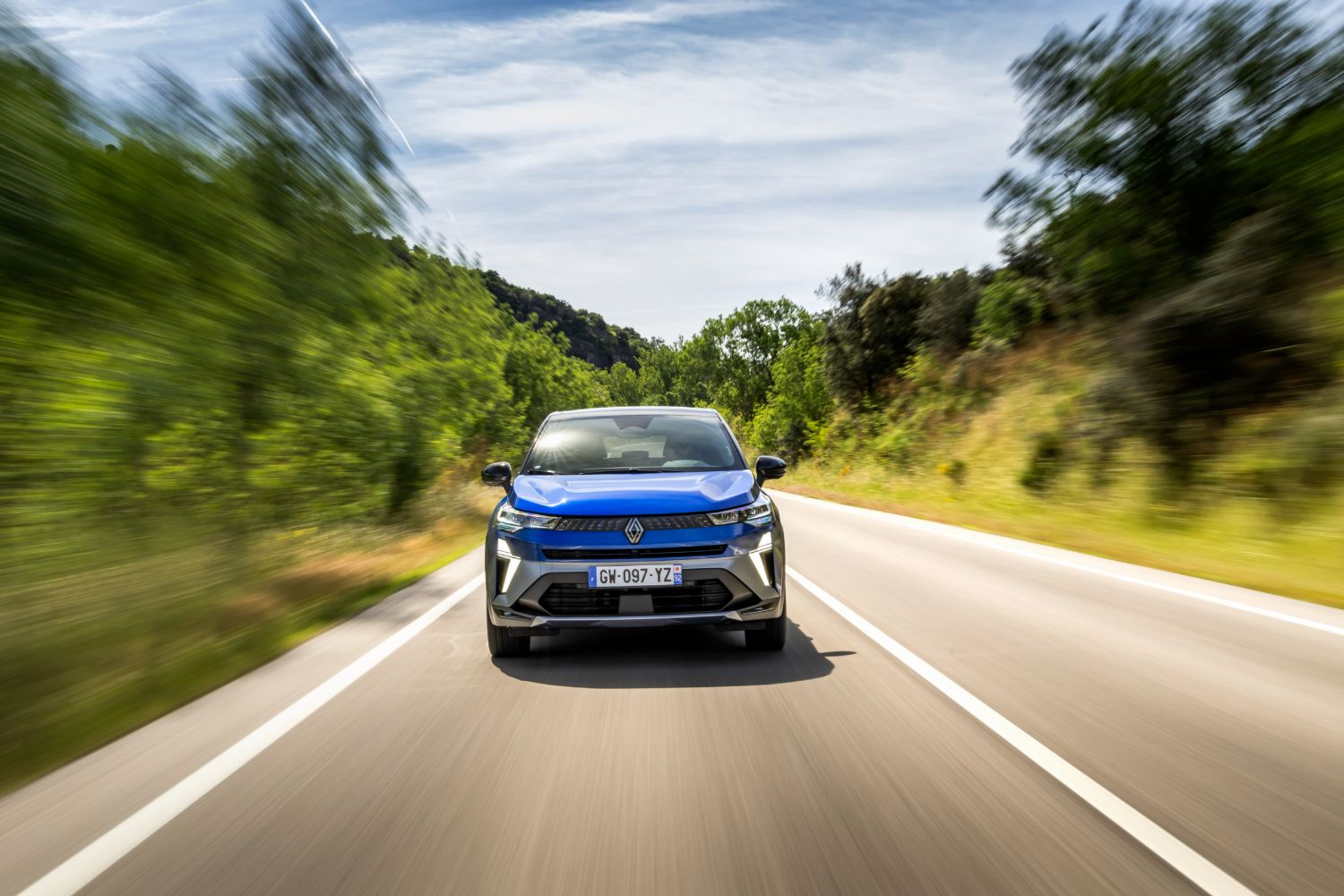
Production of these new hybrid and mild-hybrid models starts this week, and first deliveries should take place, in France at least, from July.

